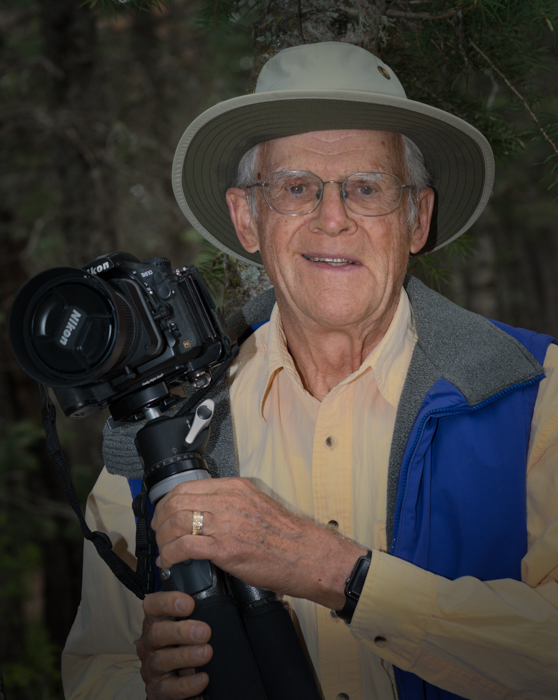 I am a deliberate, contemplative photographer. I’m especially drawn to landscapes and pay particular attention to details in all the elements that comprise them, especially trees and rocks. I like to create photographic essays about my subject—whether landscapes, wildlife or family members—carefully examining different perspectives and lighting. I delight in seeing how the mood, tone and impact of a subject can change with time of day and year as well as the transformative power of weather: fog, snow, rain and clouds. And nothing inspires me so much as dramatic lighting.
I am a deliberate, contemplative photographer. I’m especially drawn to landscapes and pay particular attention to details in all the elements that comprise them, especially trees and rocks. I like to create photographic essays about my subject—whether landscapes, wildlife or family members—carefully examining different perspectives and lighting. I delight in seeing how the mood, tone and impact of a subject can change with time of day and year as well as the transformative power of weather: fog, snow, rain and clouds. And nothing inspires me so much as dramatic lighting.
The style of my photography is realistic. I make photographs starting with a digital camera. I then adjust the image captured using computer software. The adjustments communicate my perception of and feeling about the subject at both the moment of camera capture and subsequently, when reviewing the images. This sequence mirrors our own visual processing: our retinas capture an image and our brains process the data into what is artful and beautiful.
My interest in photography began at Eastman Kodak in Rochester, New York where I had a summer job during graduate school. They were kind enough to lend me a camera (35mm with a 50mm f/4 lens), all the black-and-white film I could use, and the use of a dark room. I’ve been using a camera ever since, photographing children and family in my early years and becoming a serious photographer in about 1995. My interest in nature is lifelong. At one time or another, I’ve been an avid bird watcher, collector of insects for mounting and display, collector of rocks and fossils, hunter of small game, fly fisherman for trout, and amateur gardener and botanist. My interest in light, or electromagnetic radiation in general, has been critical not only to my photography, but also to my profession as a chemical and aerospace engineer. These experiences, together with a continual exposure to pictorial art since childhood, make me the photographer I am.
Photograph by Pam Lewis
